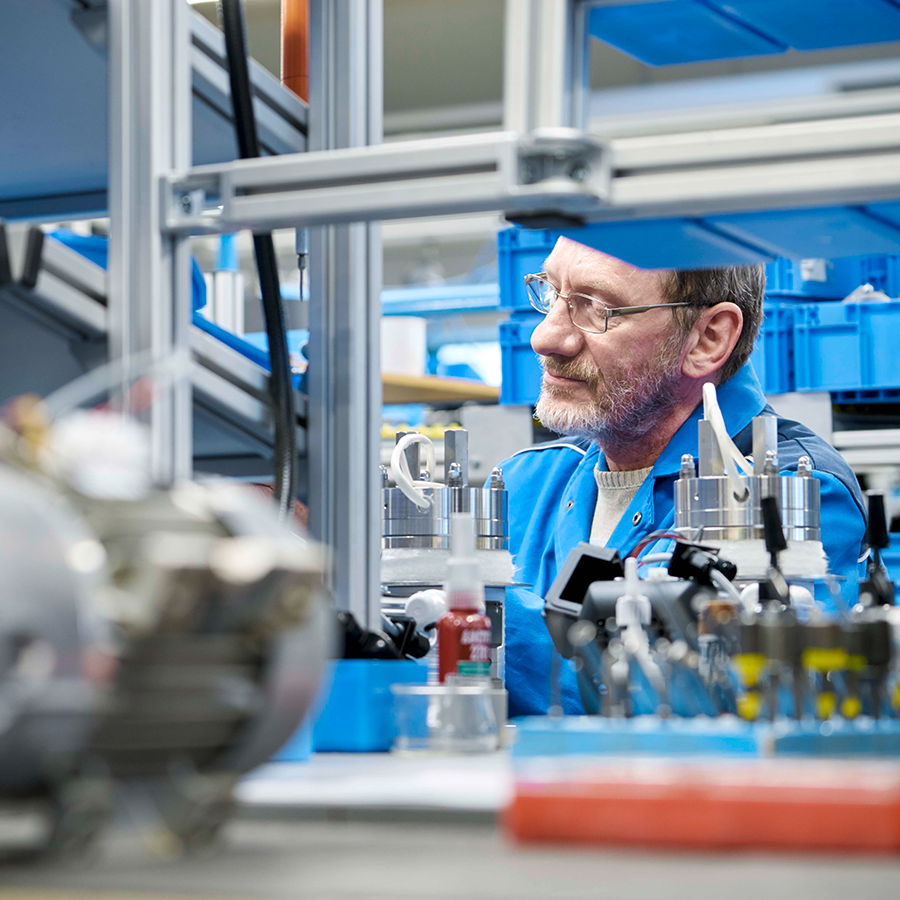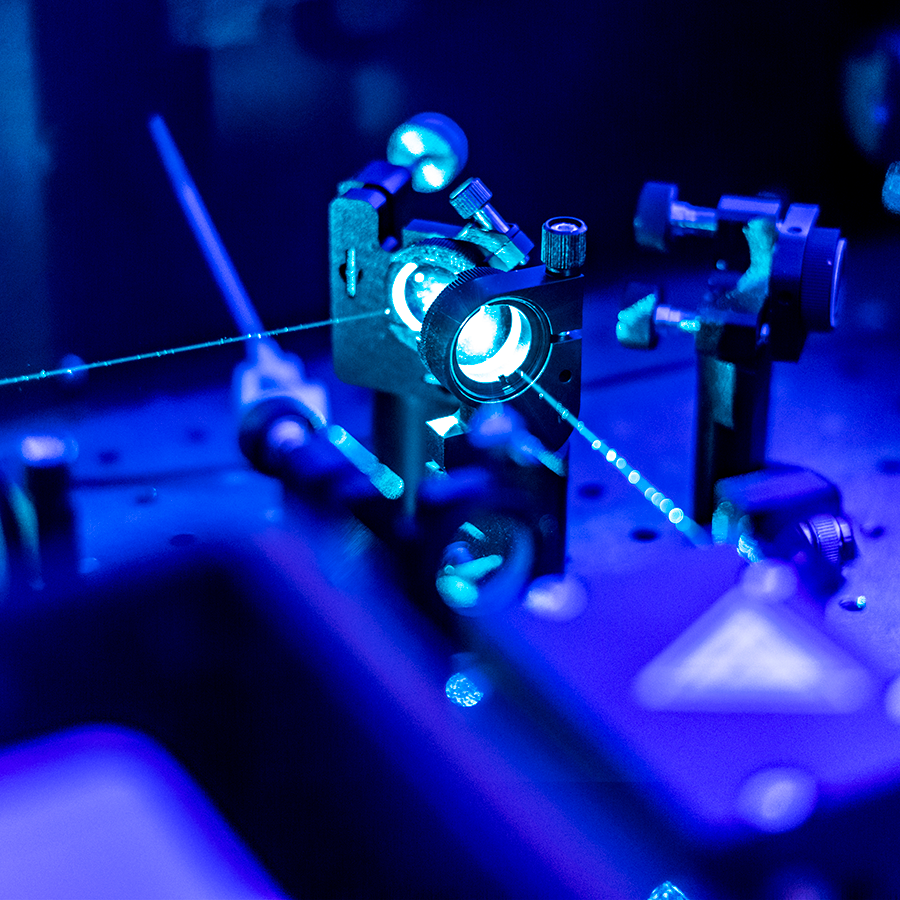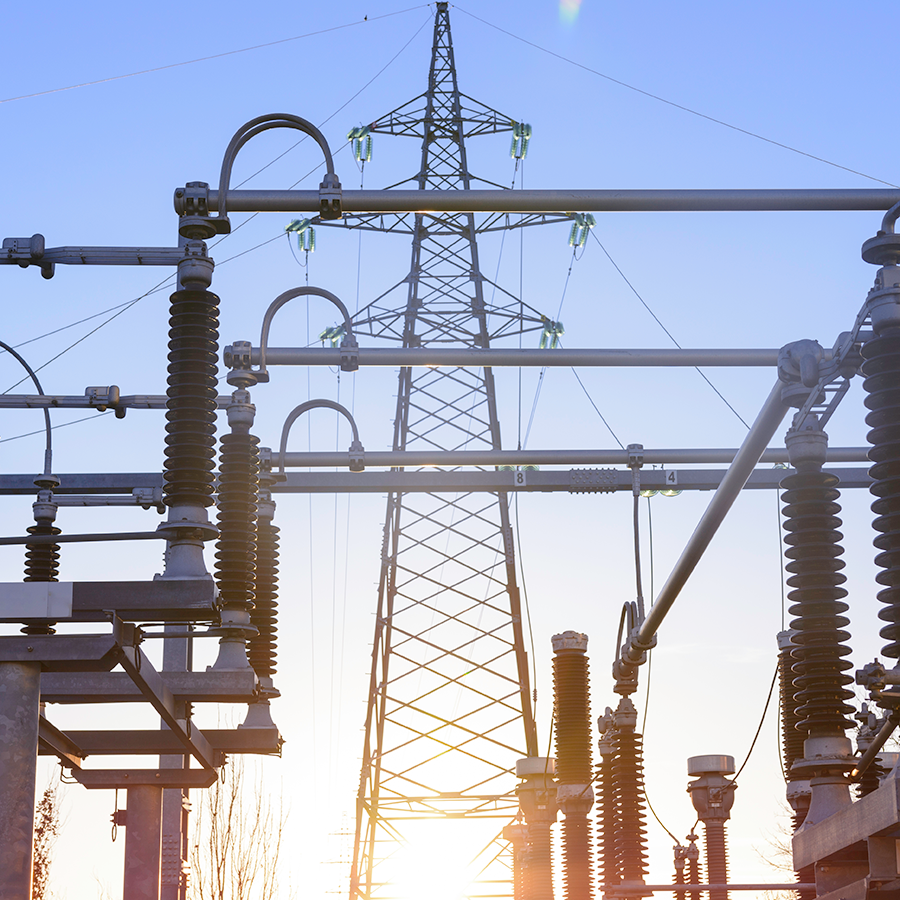A Basic Guide to Aerosols, Wet Gases and Condensate in Diaphragm Pumps
To select the ideal diaphragm pump, customers need to be aware of the characteristics of the media they are pumping. We explain the differences between aerosols, wet gases and condensate and how they can be handled by diaphragm pumps.

While some diaphragm pumps can handle wet gases, others can handle aerosols, and some can handle liquids. Liquids have different physical properties than gases or aerosols, which places different requirements on the design of a diaphragm pump. To understand this, it is important to understand the difference between gases, wet gases, aerosols and condensate.
Wet Gas or Aerosol? An Important Difference!
When using diaphragm pumps for gases, it is important to know whether the fluid being pumped is a dry or wet gas or an aerosol. A wet gas is a special case of a gas mix, and a well-known wet gas is wet air, which is a mix of gaseous water and dry air. A term often used in this case is the relative humidity which is a value to indicate the amount of dissolved water, e. g., gaseous water, in reference to the maximum amount for this gas temperature and pressure.
The gaseous state of water can change to liquid or even solid. The change of some of the water from gaseous to liquid is called condensation and makes small water droplets appear. This behavior can also occur with other wet gases and gas mixtures. In an aerosol, there is a clear phase distinction between gas and liquid or solid. Since aerosols are liquid or even solid particles in gas, water droplets in a vapor are also aerosols. Aerosols can be visible and occur in everyday life in phenomena such as fog or deodorant mist.
In brief, dry gases, wet gases and aerosols can be defined as follows:
- Dry gas: any gas or gas mixture that does not contain water in gaseous, liquid or solid form
- Wet gas: any gas or gas mixture containing water in gaseous, liquid or solid form
- Aerosol: any gas or gas mixture containing liquid or solid particles of any kind
What Is Condensate in Diaphragm Pumps and How Does It Form?
Condensate typically refers to a substance that has undergone a phase change from a gas to a liquid. Condensation can be caused by cooling or compression. In the case of dry gases, extreme pressure or temperature changes may be necessary to cause condensation, depending on the gas. With diaphragm pumps, this type of condensation is insignificant because the pressure and temperature changes are usually not that extreme. Nitrogen, for example, only condenses at nearly 0° K. In summary, this means that both wet and dry gases can form condensate, depending on the environmental conditions. For an aerosol with liquid particles, these particles can adhere to surfaces.
This illustrates the difference in behavior between wet gases and aerosols in diaphragm pumps: While wet and dry gases must undergo significant changes in temperature or pressure to generate a significant amount of condensate, i.e., a liquid appears, the particles of an aerosols do not need to condensate. Instead, they are already in a liquid state which is why they can easily adhere to surfaces by flowing through a system. Accordingly, the amount of condensate is usually much higher when handling aerosols than handling wet or dry gases. Therefore, it is important to select the right pump and, if necessary, customize it to perfectly match the media and application requirements.
What to do when condensate is to be expected?
When operating a system where condensate is likely to occur, there are a few things that can be done to address this challenge. For dealing with condensate in diaphragm gas pumps, it is advisable to install the pump in a position that allows condensate to drain out of the head. This means that the mounting orientation is important, as well as the position of the pump in the overall system, which should not be the lowest point, but as high as possible.
In addition, the pump itself can be customized to deal with condensate. A gas ballast can help flush condensate in the diaphragm pump from the pump head. This is a small opening in the pump head through which the pump draws in ambient air. With KNF pumps, customers can choose between permanently open gas ballasts and gas ballasts that can be opened and closed. Another option for gas pumps is to increase the clearance in the pump head if the application parameters permit this. ‘Clearance’ in this case refers to the distance between the diaphragm and the pump head in the upstroke position.
Condensate in Diaphragm Pumps May Shorten Lifetime
Some diaphragm pumps do not handle condensate well, while others are dedicated liquid pumps. The difference is in the design details that are optimized for the specific media. In practice, this means that gas pumps are designed to handle the loads associated with handling gas. Gases and liquids have very different physical characteristics. One of the ways they differ is in their density, which can be roughly quantified as a factor of a thousand. For a dedicated dry gas pump facing a liquid, there is a tremendous load increase on the diaphragm, valves, eccentric, bearings, motor, and other parts. Since the pump is optimized for gases, this means that it is not operating under ideal conditions, which will likely shorten its service life considerably.
For applications where condensate is expected in the pump, KNF provides gas pumps that are designed to the associated loads and handle condensate without any problems. Pumps that are designed for dry gases have very tight clearance. When condensate builds up in the pump head, it acts as a non-compressible resistance, causing the diaphragm to virtually hit the pump head. This is not only bad for the pump but can also cause significant pump noise. Condensate can also interfere with valve performance. However, this only applies to gas pumps that are designed for dry gases.
Why Not Just Always Use a Liquid Pump?
One could think that just to be on the safe side, one should always use a KNF liquid pump. However, this is not advisable. Gas pumps can have exceptionally tight tolerances, allowing them to compress gas significantly or create a deep vacuum. This is not the case with liquid pumps. In addition, liquid pumps have special prestressed valves that are ideal for handling liquids. Under certain operating conditions, these special valves may not work properly when handling gases. Therefore, KNF offers special gas pumps and special liquid pumps ensuring that every field application receives the ideal pump technology.
Knowing the Transferred Media Is Key
To operate a diaphragm pump optimally and ensure maximum service life, it is essential to know the type of fluid to be pumped. KNF offers optimized solutions for all types of media, from dry and wet gases to aerosols and liquids, as well as gas-liquid mixtures. This enables us to offer ideal pump solutions for a wide range of applications, including areas where wet gases and aerosols can be challenging, such as continuous emission measurement, degassing, autoclaves or laboratory applications. Together with our technical experts, customers can discuss their specific needs and will receive a solution that truly meets their requirements.



